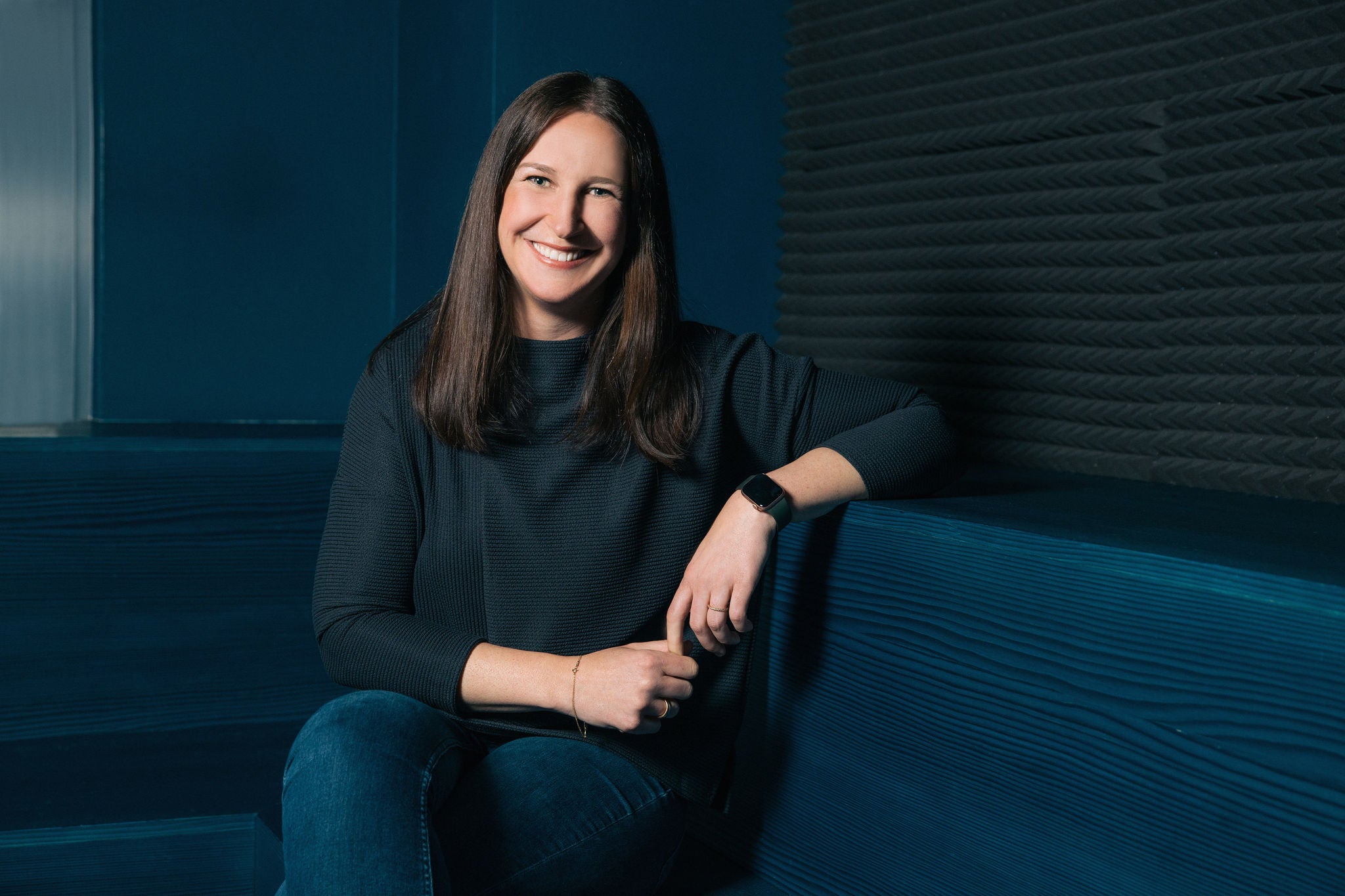How can brands communicate successfully in Saudi Arabia? Hatem Fakih, General Manager at Mediaplus Middle East, outlines what really matters: cultural relevance, Arabic content, and the smart use of AI.
Saudi Arabia’s digital scene is evolving fast, and so are consumer and audience expectations. With 99 per cent internet penetration and a population that is increasingly on their mobiles, brands have adapted to the new way of connecting with them.
More than 70 per cent of Saudi nationals prefer Arabic content, yet Arabic makes up only 1 per cent of the total content that they access on the Internet. That’s the main gap that brands can’t afford to ignore.
Content localisation isn’t just about translating content into Arabic. It’s about understanding cultural nuances, audience behaviours and media consumption. It also requires marketers to truly understand how Saudis engage and upload content on various platforms. AI is playing a big role in bridging this gap, but human creativity is what keeps the messaging authentic.
Local content is not a 'nice to have'; it's a 'must have'
Saudi consumers expect cultural authenticity from the brands they prefer. A brand that just copies global best practices cannot cut through the noise. McDonald’s Saudi Arabia has mastered this. Instead of reiterating the generic global communications for their products, they regularly localise messaging, offers and product names. The launch of the Shawarma Mac was a direct shout out to the Saudi food culture, and it immediately clicked with audiences. Another case in point: Abdul Lateef Jameel (ALJ) Motors – Toyota’s Ramadan campaign was not typical seasonal marketing. The brand leaned into cultural insights, storytelling and nostalgia, making it emotionally relevant. Brands must understand customer behaviour – what makes Saudi consumers share, engage and talk – and communicate in Arabic to have an edge.
Arabic content and AI
AI is changing how Arabic content is created, but it’s still far from perfect. The prevalence of a variety of local dialects means that traditional Arabic should not be a one-size-fits-all across all communications and content. Also, AI often fails to understand cultural context, so what resonates with a Saudi audience might not work in the UAE or Kuwait. As a result, brands are combining AI-powered tools with human oversight. Some key trends shaping AI in Arabic content include:
AI-powered Arabic copywriting tools: Platforms such ChatGPT and Google’s Bard are being used to generate Arabic content, but local adaptations and context proofing are still essential.
Voice search optimisation: This area is still low performing in the Saudi market. However, with the emergence of smart assistants, brands that tailor content for spoken Arabic searches on devices such as Yango’s Yasmina will have a big advantage.
AI-based e-commerce and enhanced personalisation: Platforms such as Amazon, Jahez and Nana use AI to offer more localised recommendations, ensuring that Saudi consumers see products and offers that are relevant to their preferences and geography.

Saudi-specific SEO and social media
In terms of Arabic search engine and optimisation (SEO) and search engine marketing (SEM), audiences search differently in Saudi Arabia. Most agencies still focus too much on English-based SEO strategies or create a strategy based on an English-first approach and then ‘Arabise’ it. However, Google searches in Saudi Arabia are largely in Arabic. The way people phrase searches also differs regionally. While someone looking for a family car in English might type "best family car in 2025," a Saudi user is more likely to search "أفضل سيارة عائلية في السعودية 2025".
Arabic optimisation, long-tail keywords and colloquial slang tend to rank higher and attract the right audience. The challenge is to find the right local talent who can adhere to such requirements. Saudi Arabia is one of the world’s top global markets for social media usage, and each platform plays a different role:
TikTok and Instagram Reels target younger audiences. Short, localised Arabic videos go viral fast. Brands such as Almarai and Mobily are using this format more frequently for better engagements.
X (Twitter): Saudi brands such as Toyota KSA actively engage with consumers through trending topics on X. The ALJ Motors – Toyota’s Corolla Cross campaign used X live event tools, teaser videos and live streams to drive engagement.
Snapchat: Localised AR filters and storytelling drive deep engagement for brands who are active on this platform.
LinkedIn is a rising platform for Arabic B2B content. This platform is being extensively used to showcase government and corporate development.
Addressing the AI-human challenge in creativity
AI is the new kid everyone is raising for efficiency, but it can’t replace emotional and cultural relevance, especially in a socially developed market such as Saudi Arabia. AI surpasses human capabilities in terms of data-driven personalisation, speeding up copywriting and offering predictive insights based on analysed trends. However, human creativity wins in terms of building an emotional and cultural connection with Saudi Arabia’s communities, where humour and nostalgia are important. Culturally embedded campaigns that require authenticity, empathy and a deep understanding of cultural sensitivities also given human creativity an edge over AI. As a result, Saudi brands need to find the right balance between depending on AI and depending on local talent. That said, the future of Arabic content in Saudi Arabia will largely be driven by more AI-powered Arabic chatbots, localised virtual and augmented experiences, hyper-personalised content and advancements in Arabic natural language processing (NLP).
This text was published in Campaign Middle East | Saudi Arabia Report 2025.






